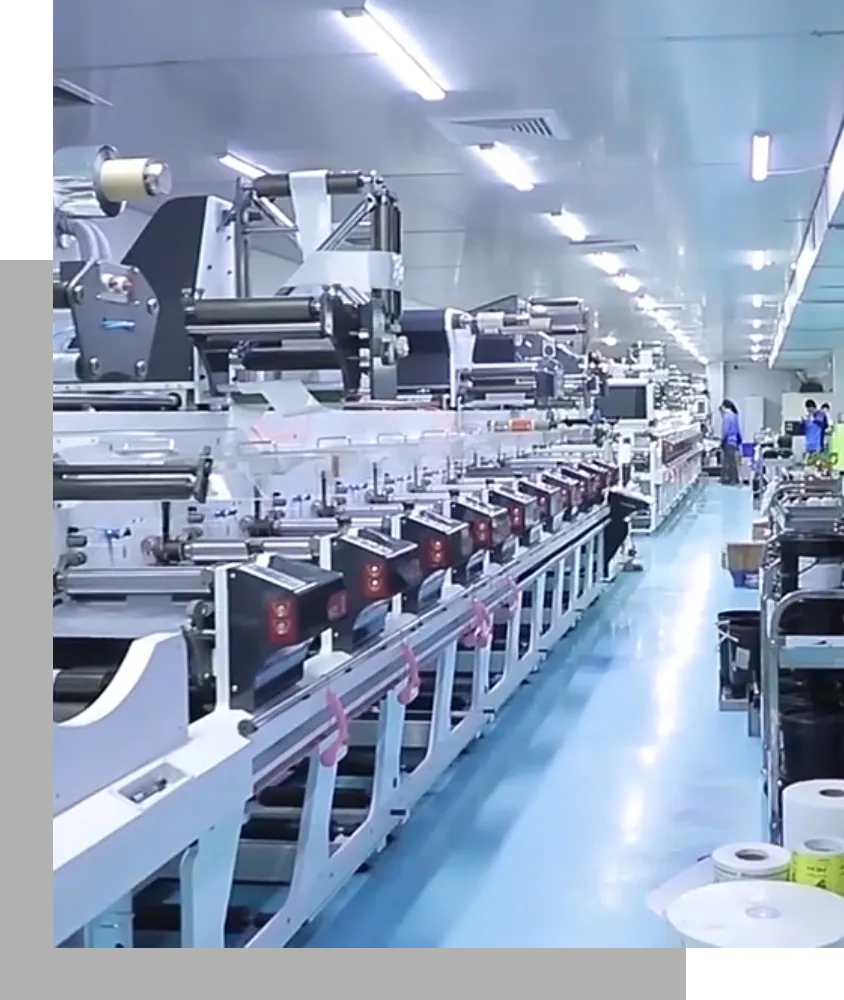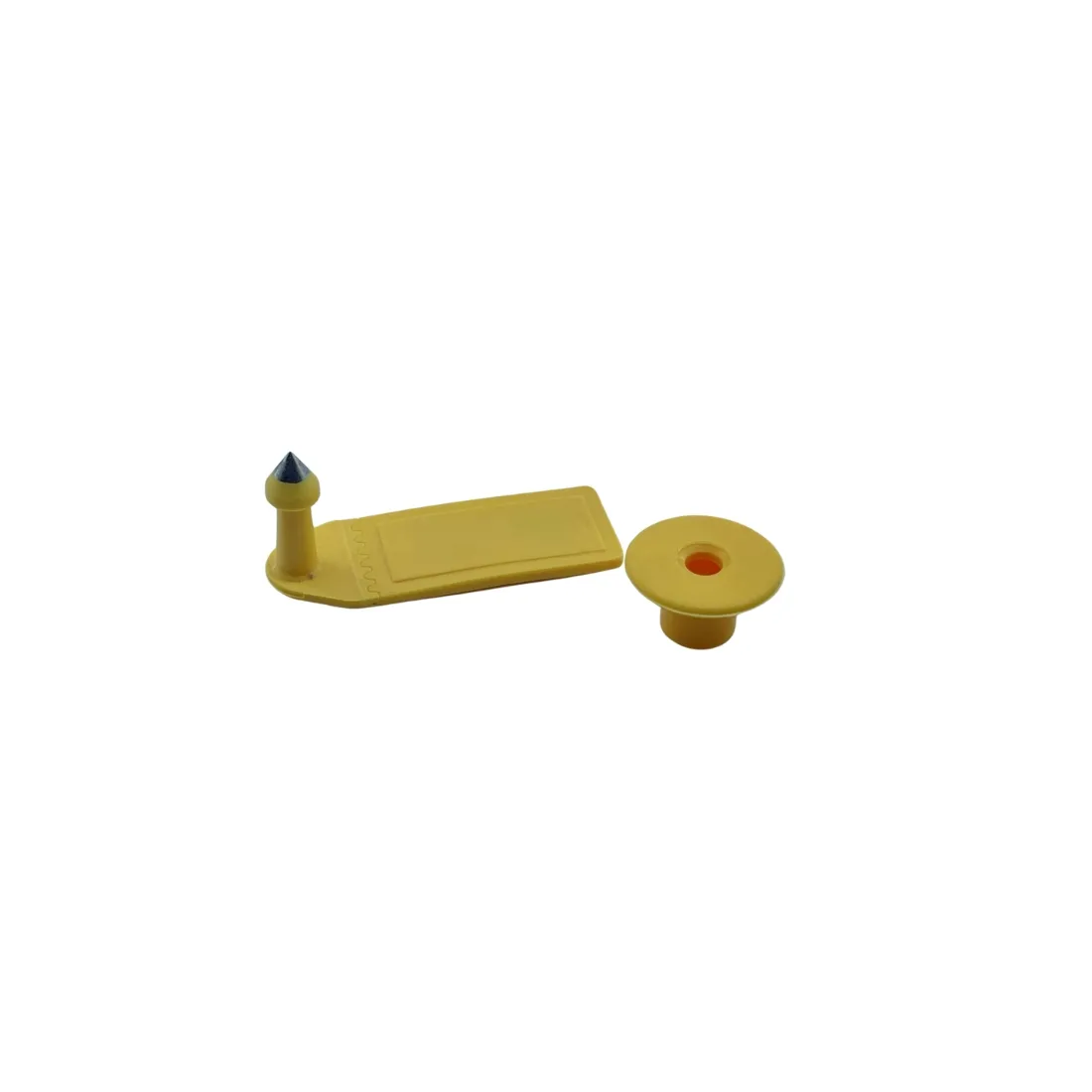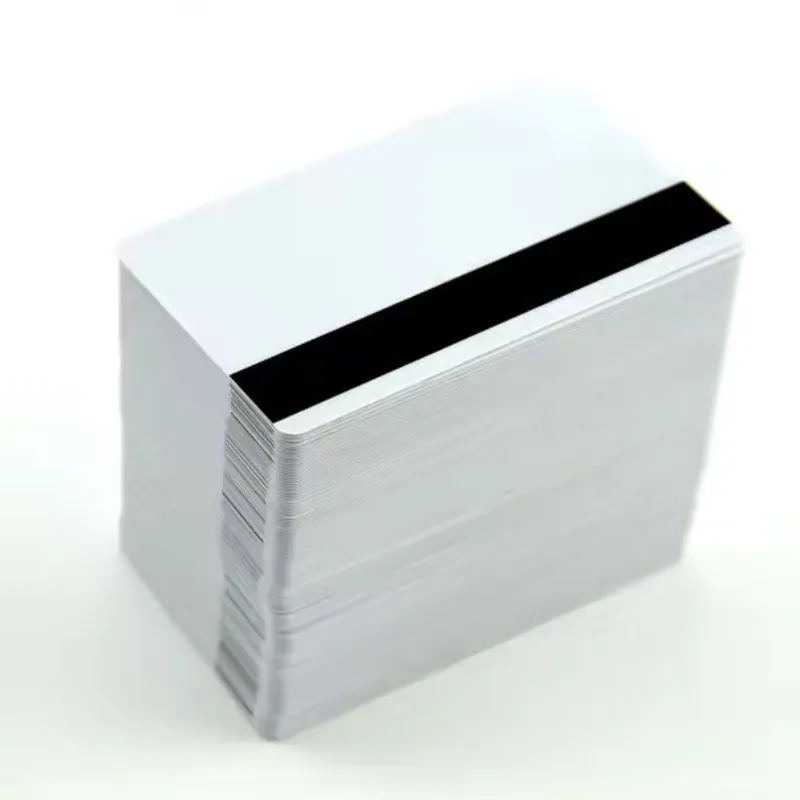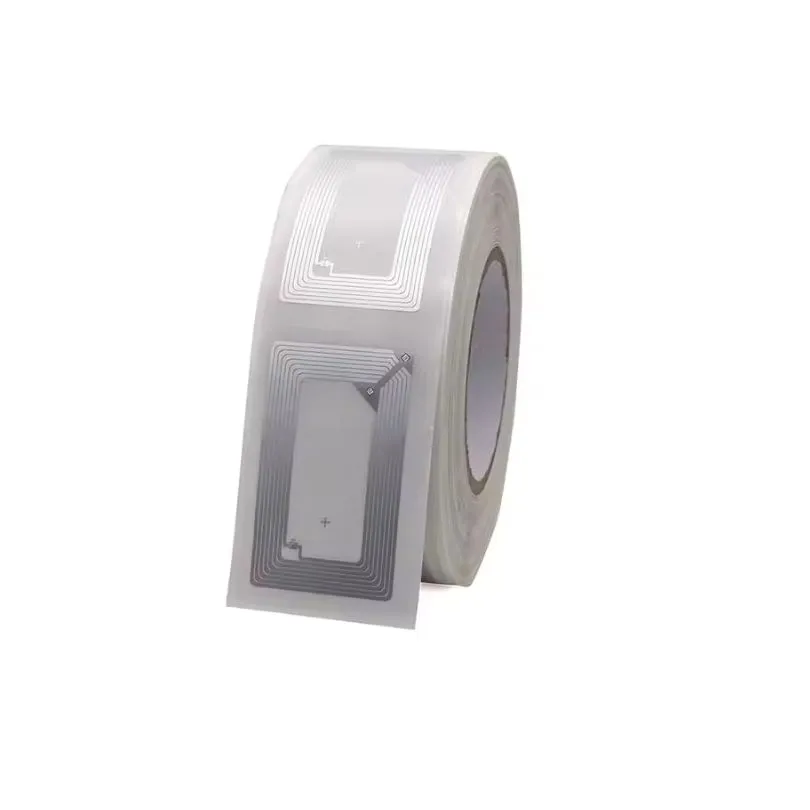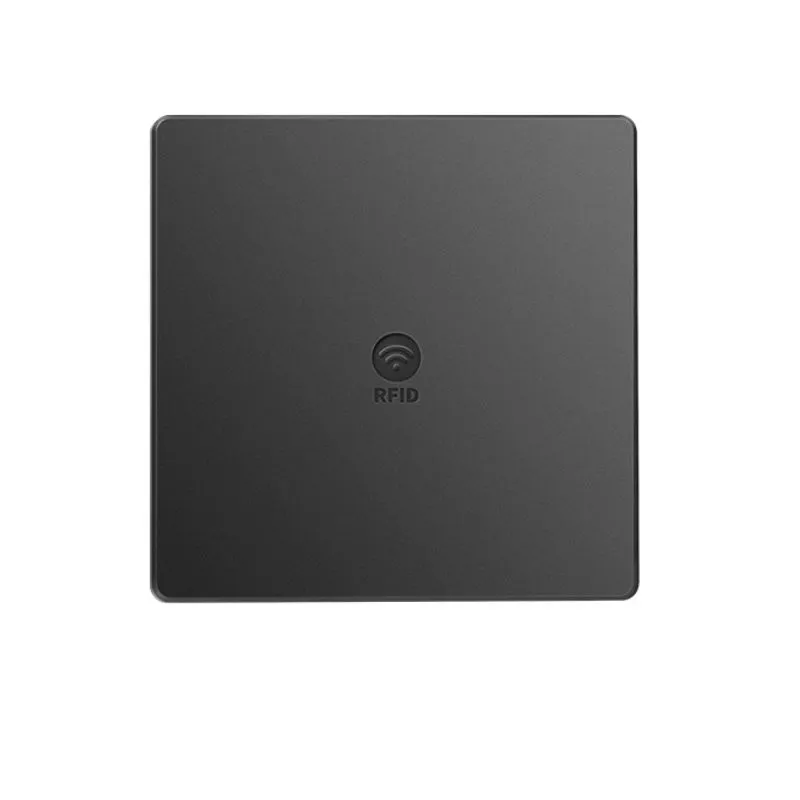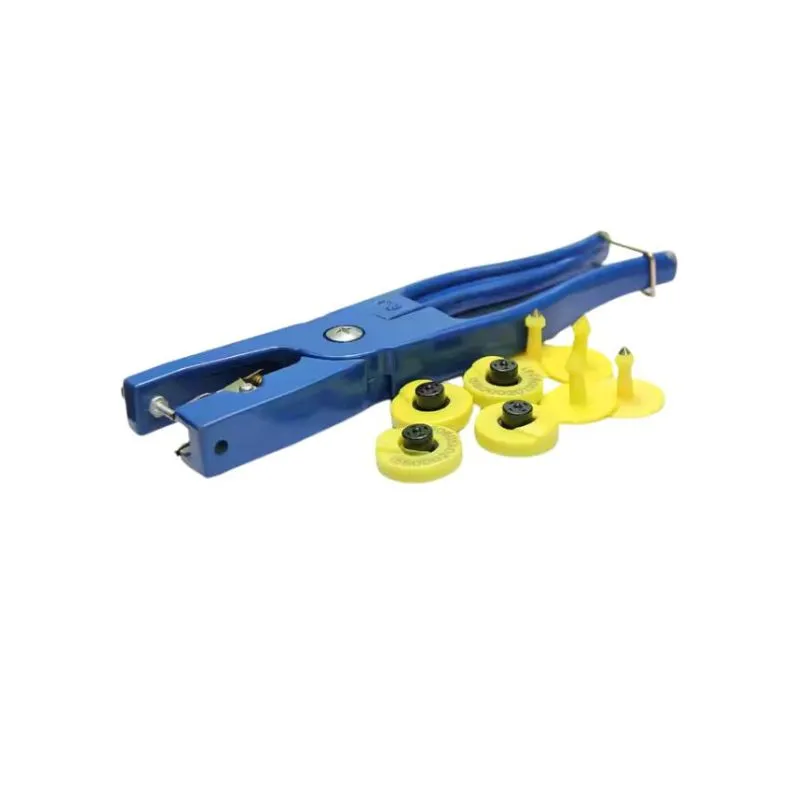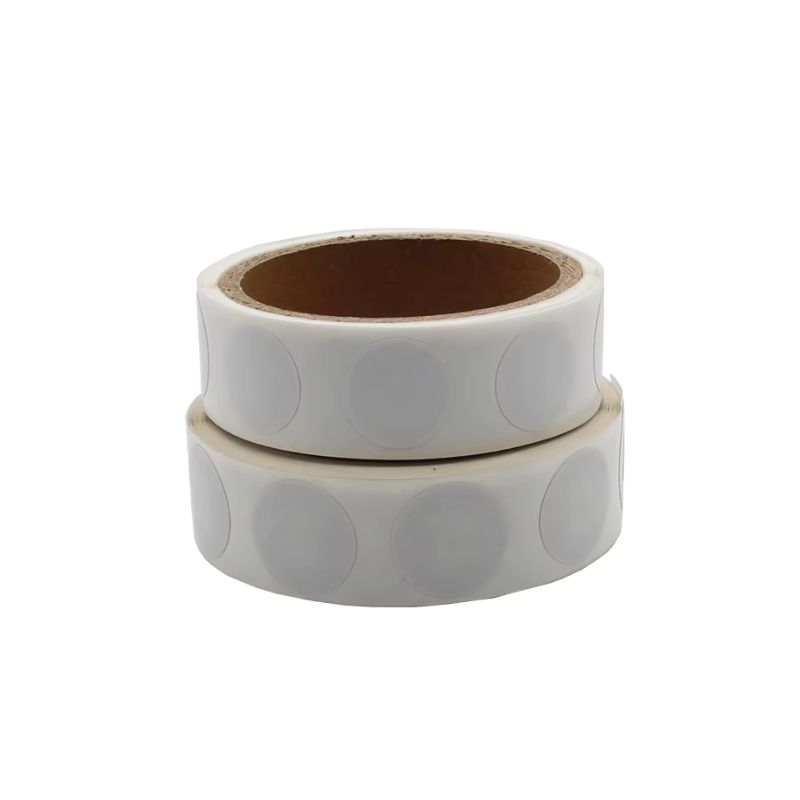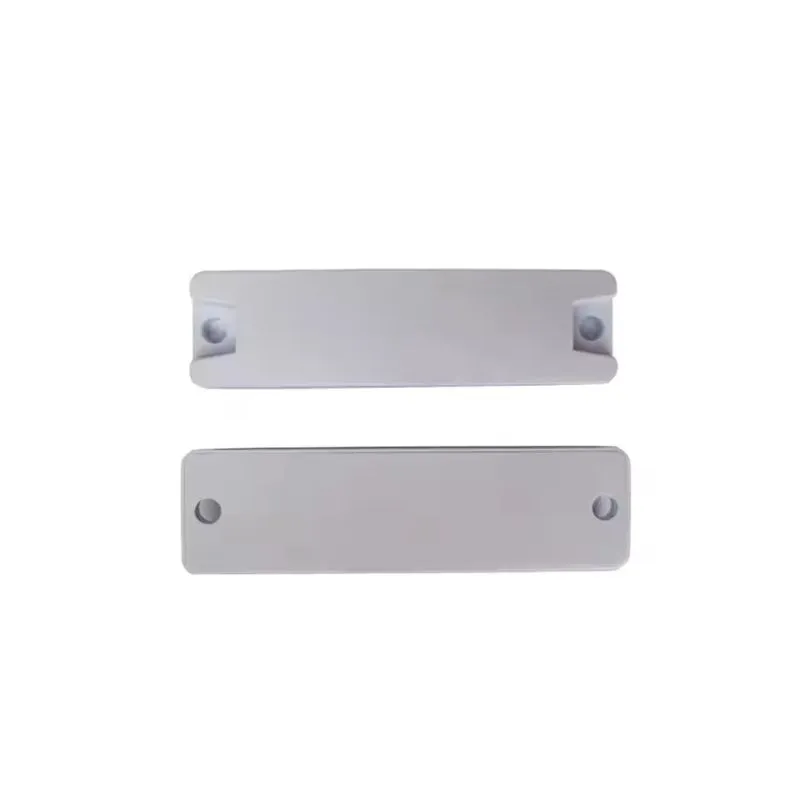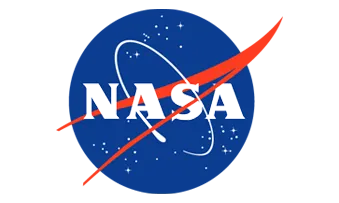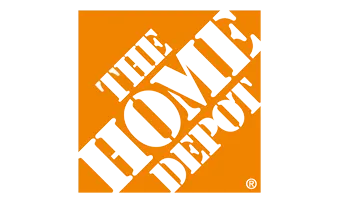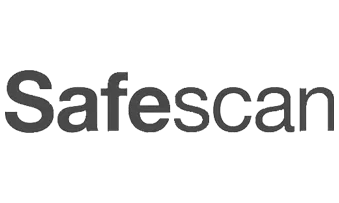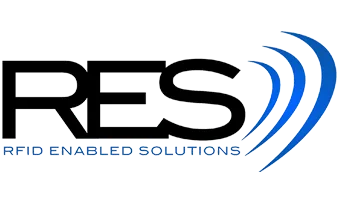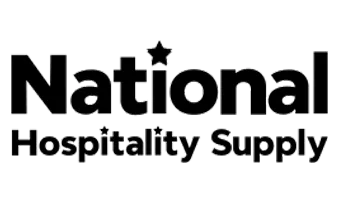Leading & Reputable
RFID Tag Manufacturer
We specialize in the development and production of high-quality, reliable Radio Frequency Identification (RFID) technology products.

Easy Customization
We offer seamless customization for our RFID Tags, including Passive RFID Tags and Custom RFID Tags. Tailor-made RFID Sticker Labels and NFC Tags meet your unique needs for maximum satisfaction.

Safe & Secure
Our RFID Tags and NFC Labels are designed with your safety in mind. We make sure you feel safe and reliable whenever you use our Passive RFID Tags and Custom RFID Tags.

Direct Manufacturer
As a direct manufacturer of RFID Tags, including RFID Sticker Labels and NFC Tags, we offer better prices and faster delivery. Our direct involvement ensures you get top-quality passive RFID Tags.
About Us
JIA RFID initially focused on manufacturing and selling RFID cards and RFID tags, which are commonly used for RFID access control such as transportation, hotels, and identification purposes. In recent years, JIA RFID also put great effort into UHF products, which are highly praised for their long-range, high-speed reading and writing capabilities. It has become a dominant force in RFID as UHF products proliferate in warehousing, smart manufacturing, laundry service, logistics, retail, and more.
In response to the evolving RFID environment, JIA RFID has expanded its facilities and invested in new machinery and equipment to engage in the research development and production of RFID hard tags to meet the requirements and needs of more applications.
RFID Tags
RFID tags are in various applications, from tracking inventory to access management.
RFID Readers
Our RFID readers will help you track, identify, and manage individual items within your inventory.
RFID Cards
Get high-quality RFID cards that provide secure, contactless access control and identification.
RFID Solutions
We specialize in developing and producing high-quality, reliable Radio Frequency Identification (RFID) technology products.
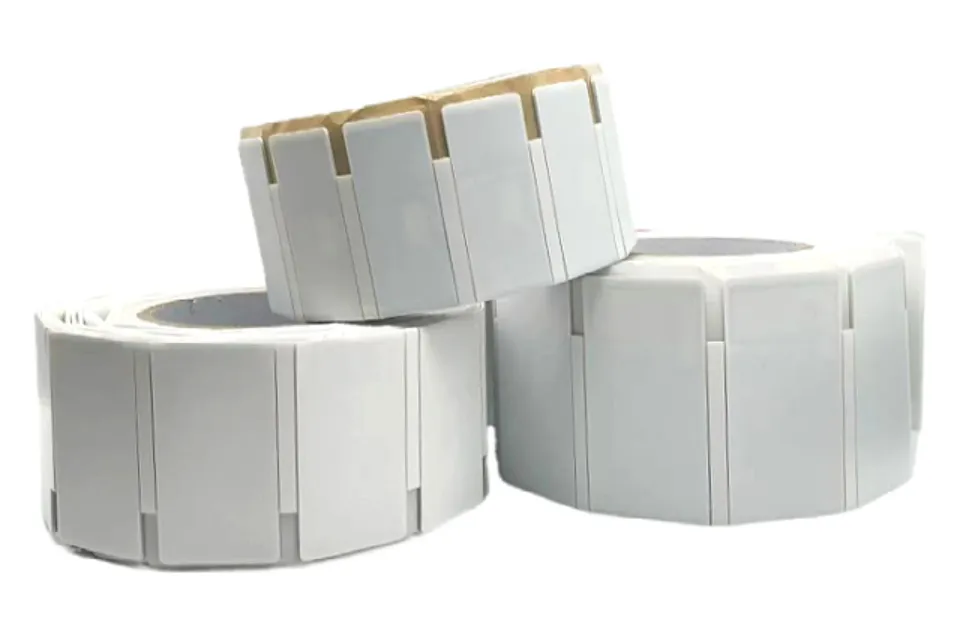
On Metal RFID Tags
Discover JIA RFID's on-metal RFID tags, designed for metal surfaces in industrial settings. Customize now!
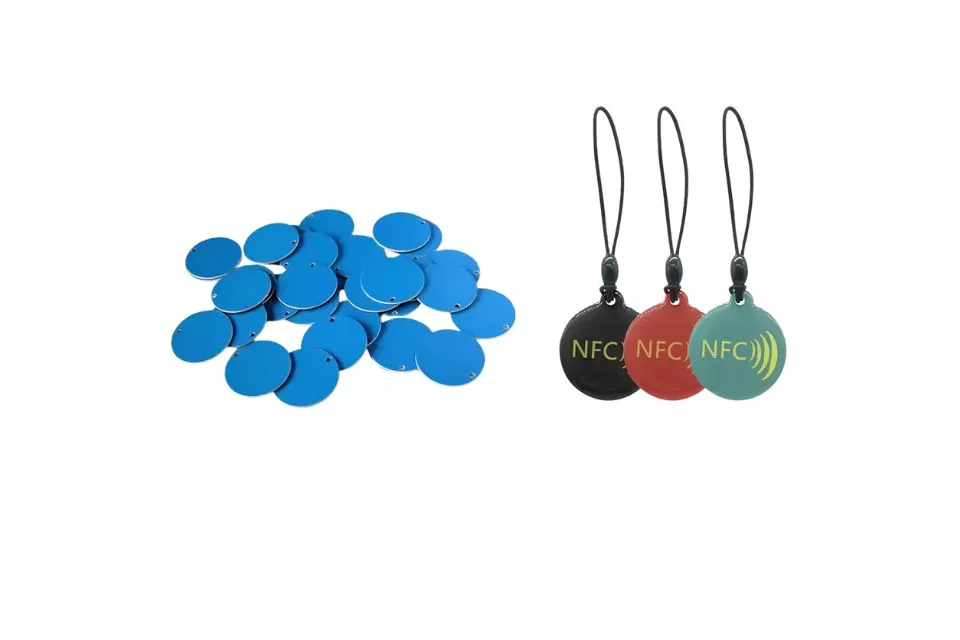
RFID Disc Tags & Coin Tags
We offer RFID coin tags in various materials, with NFC chips and optional anti-metal features for metal surfaces.
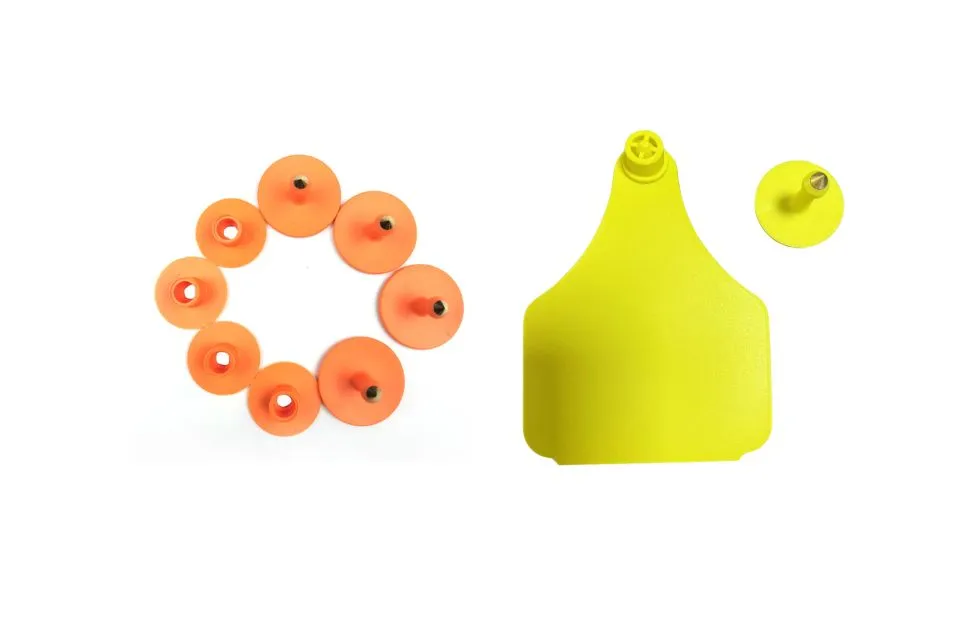
Animal RFID Tags
Animal RFID tags are small devices used for identification and tracking, attached or implanted in animals.
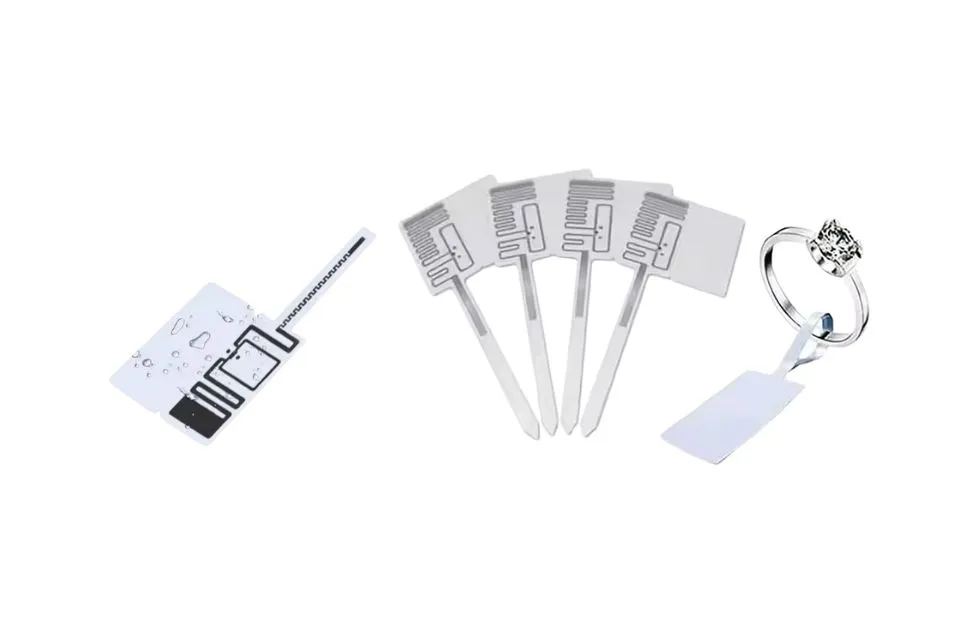
Jewelry RFID Tags
Our reusable RFID jewelry tags are ideal for retailers and diamond dealers to enhance inventory control. Free samples Support!
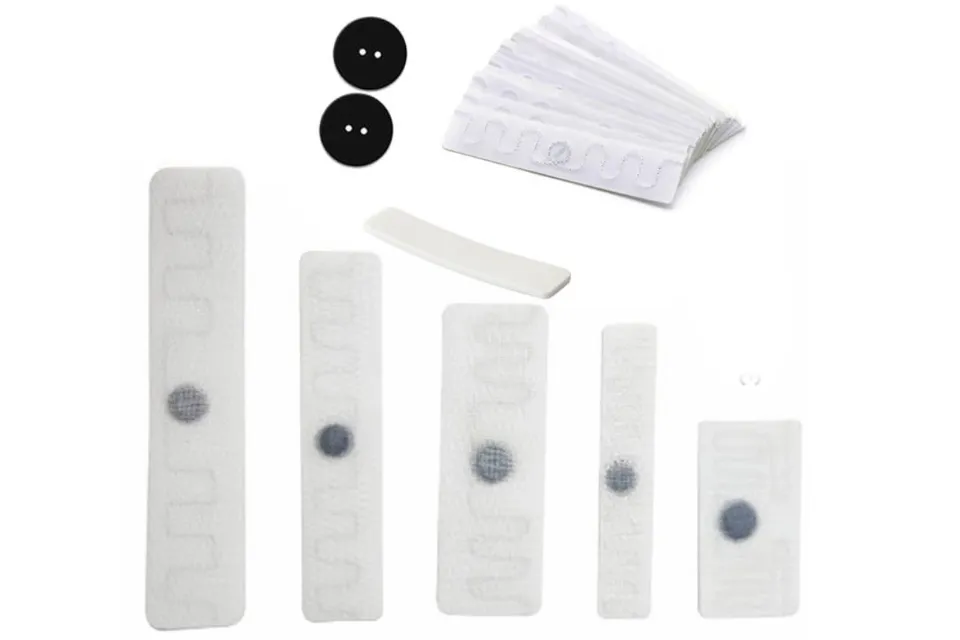
Laundry RFID Tags
RFID laundry tags are perfect for tracking linens and garments. We continually update our RFID products online.
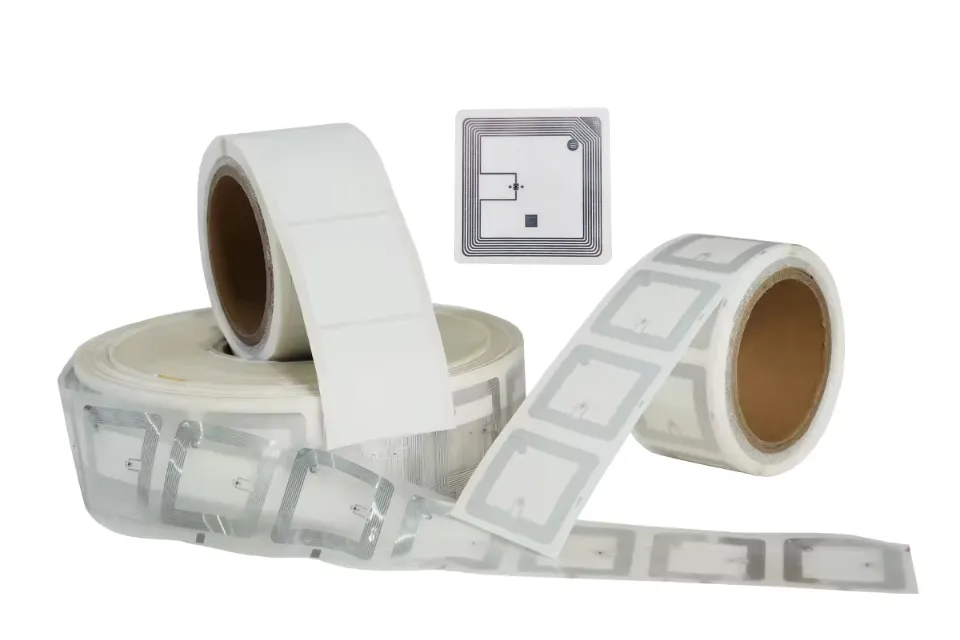
Library RFID Tags
Library RFID tags and labels in various shapes and formats are suitable for all modern library materials. Free custom services.
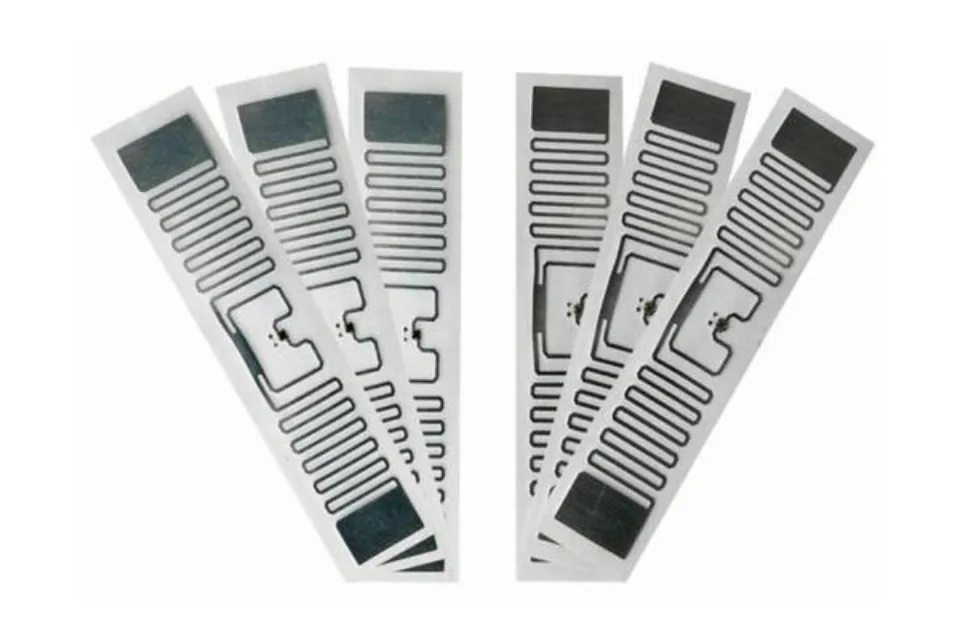
Vehicle RFID Tags
Vehicle RFID tags enable quick, remote identification for faster scans and easy check-ins/outs. Fast delivery with best price.
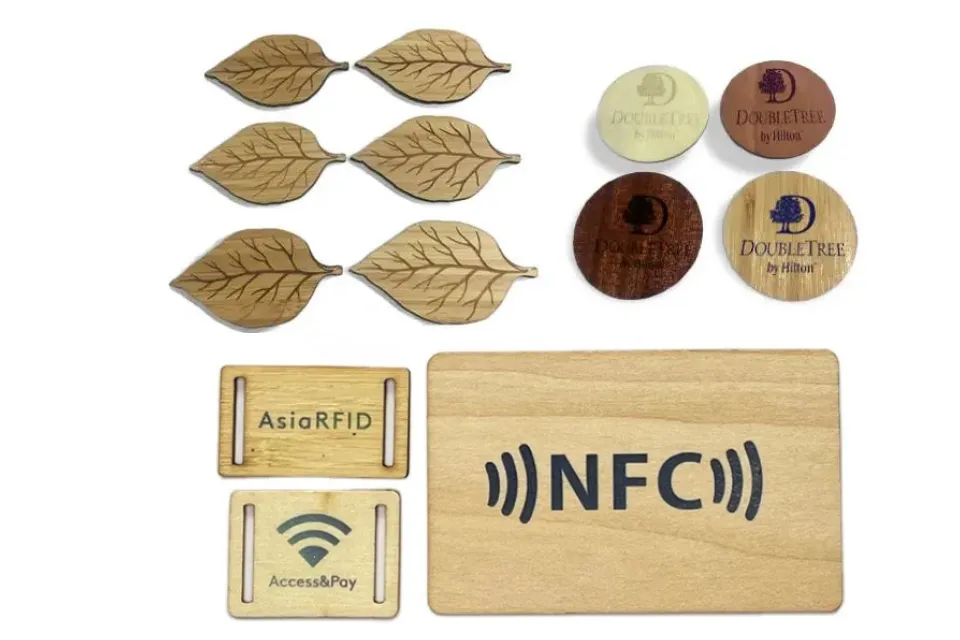
Wood RFID Tags
Stylish, sustainable wood RFID tags: water-resistant, biodegradable. Say no to plastics. Inquire now for free samples!
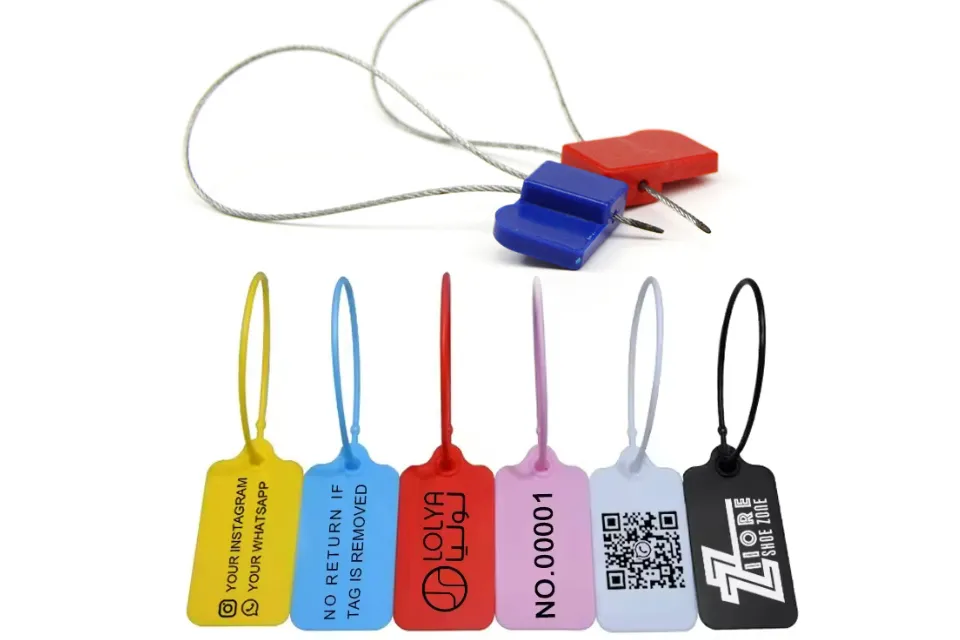
Zip Ties & Padlock RFID Tags
RFID zip tie and padlock tags with embedded chips in ABS for tracking assets, cables, and more. Free samples!
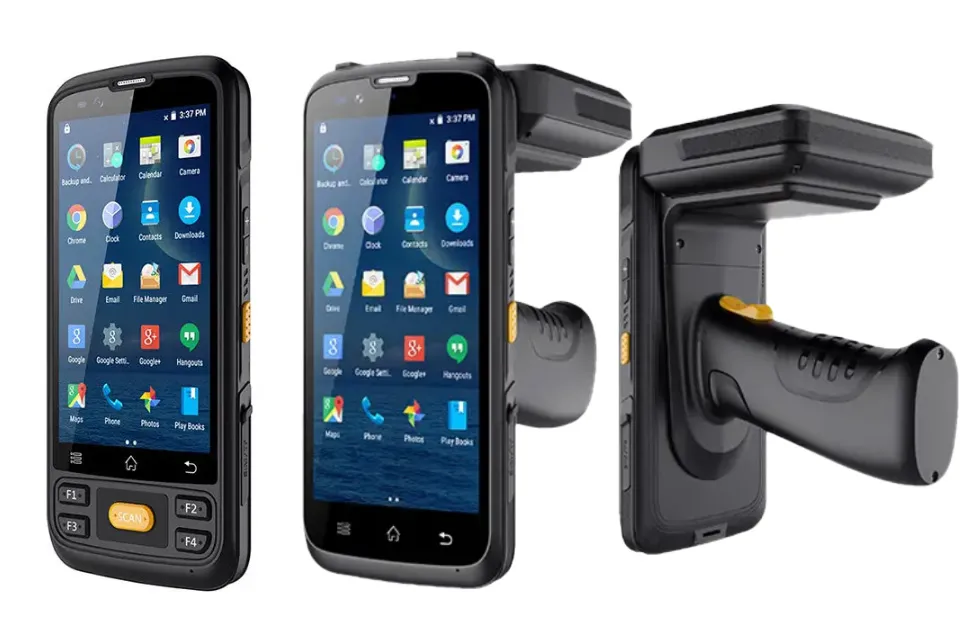
Handheld RFID Readers
Handheld RFID readers offer mobility for reading tags, featuring integrated antennas and displays for easy data interaction.
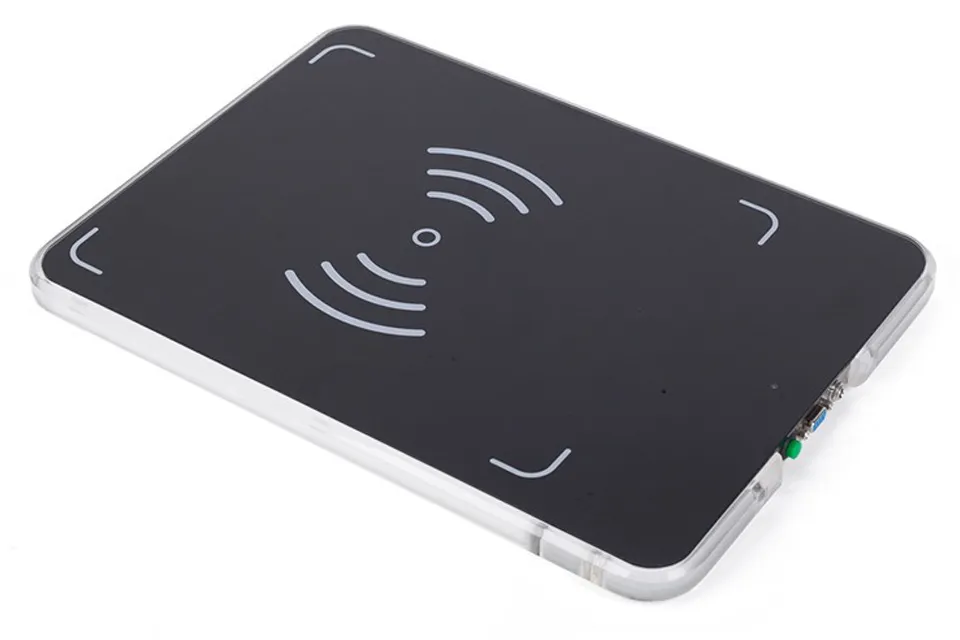
Desktop RFID Readers
Explore desktop RFID readers for efficient, contactless access control and secure identification. Customize it for free.
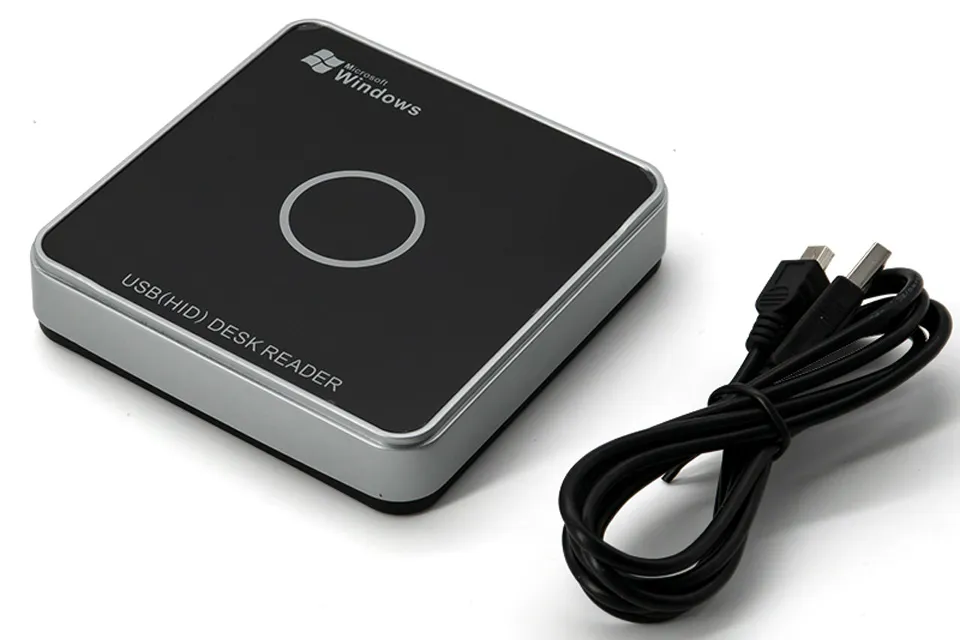
UHF RFID Readers
JIA RFID offers full-feature UHF RFID readers with Android, small USB, or Bluetooth options. We’ve got you covered!
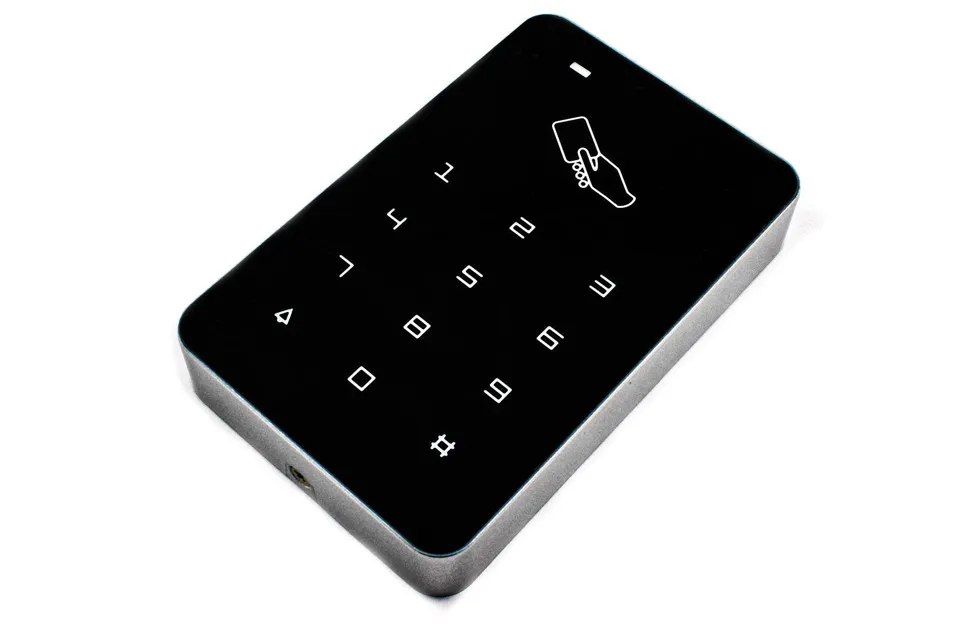
Access Control
RFID access control uses tags, readers, and servers to grant door access to registered residents with valid credentials.
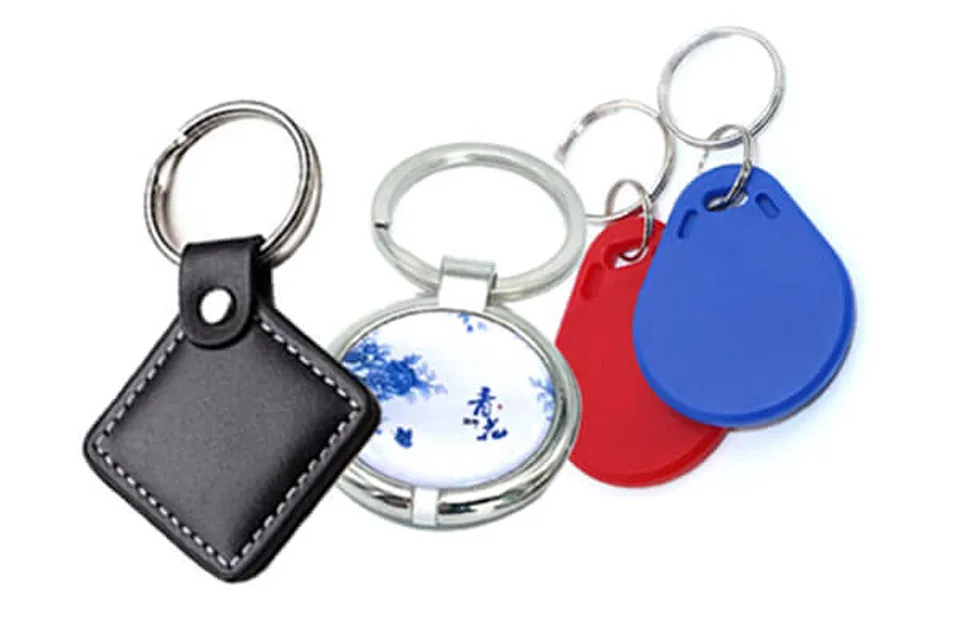
RFID Keyfob
RFID key fobs are tags shaped like key fobs, featuring a microchip for data storage and an antenna for radio wave transmission.
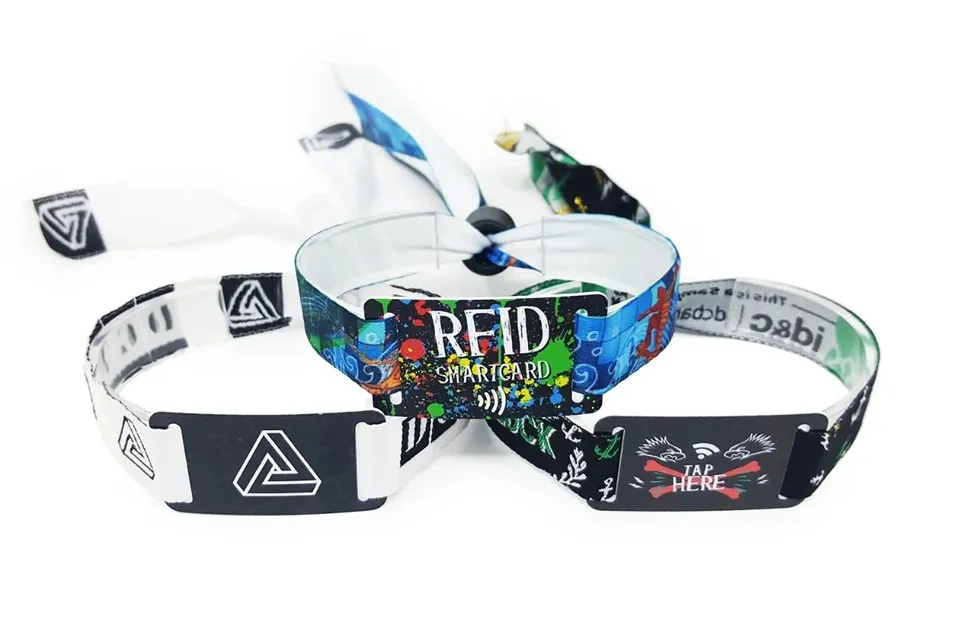
RFID Wristband Card
The RFID wristband card is user-friendly and versatile, ideal for access control, event tickets, gym memberships, and more.
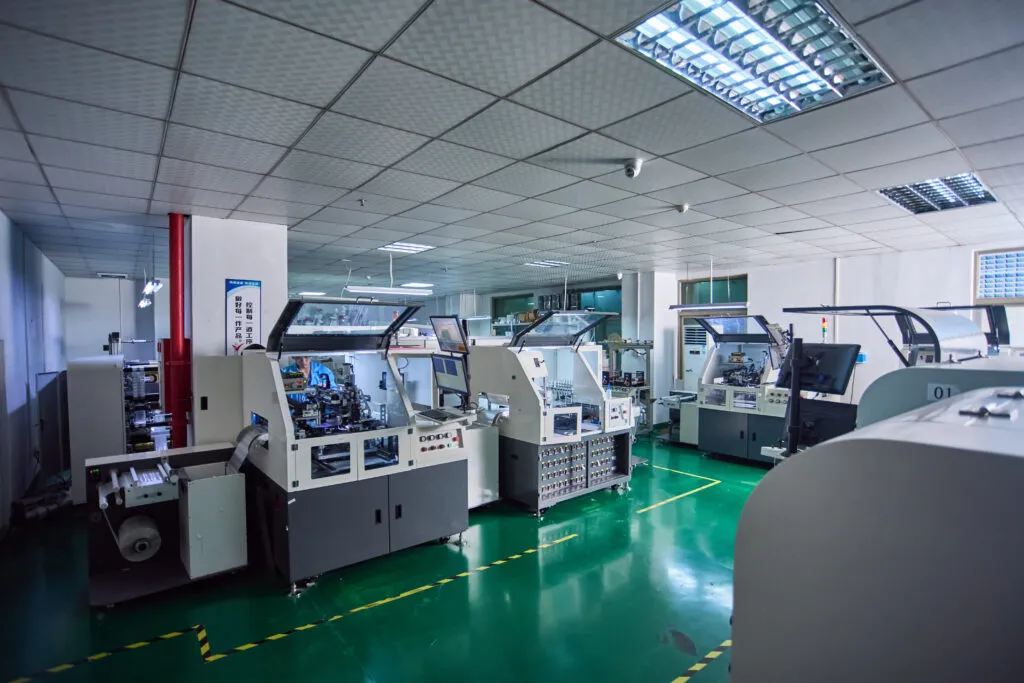
RFID Tags Manufacturer
JIA RFID is a high-tech supplier that specializes in RFID products including RFID cards and RFID tags. With many years of experienced professional manufacturing capabilities, JIA RFID employs advanced technology to bring out the most precise and cost-effective technology RFID products. They are widely used in access control, asset tracking, livestock tracking, Laundry, Transportation, Logistics, warehousing, event management, etc.
In JIA RFID, we not only provide excellent service to our customers but also provide customers with long-term product updates and market trend information, so that we can gain more markets as we move forward steadily.
RFID Products
We can provide RFID tags, RFID cards, and RFID readers with full customization services to meet your requirements.
Loyal Clients
As a leading factory of RFID tags, RFID cards, and RFID readers, we have cooperated with various famous brands all over the world and received good praise from them.



Customize RFID Tags
Provide RFID tags and RFID cards for over 200 clients.
Blogs In RFID Industry
You can learn the common knowledge, newest trends and latest information in RFID industry from our blogs.
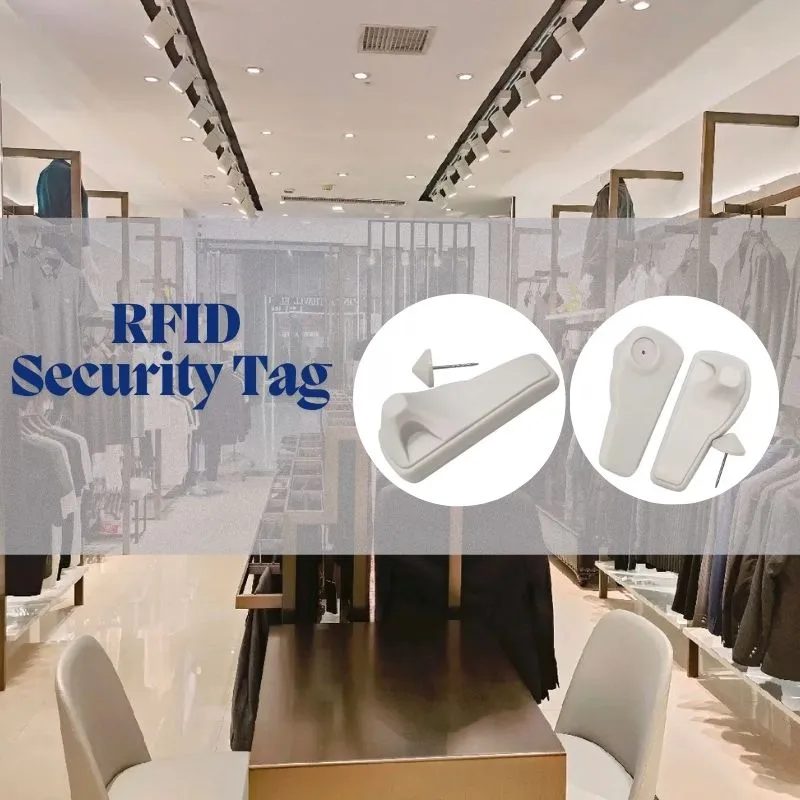
RFID Security Tag: How Anti-Theft RFID Technology Works
RFID security tags have transformed retail security and inventory management, providing innovative ways to prevent theft, improve inventory accuracy, and streamline operations.

How to Program RFID Tags?
RFID technology has revolutionized asset tracking and management across various industries. This article will walk you through the process of programming RFID tags, from understanding the basics to advanced techniques.
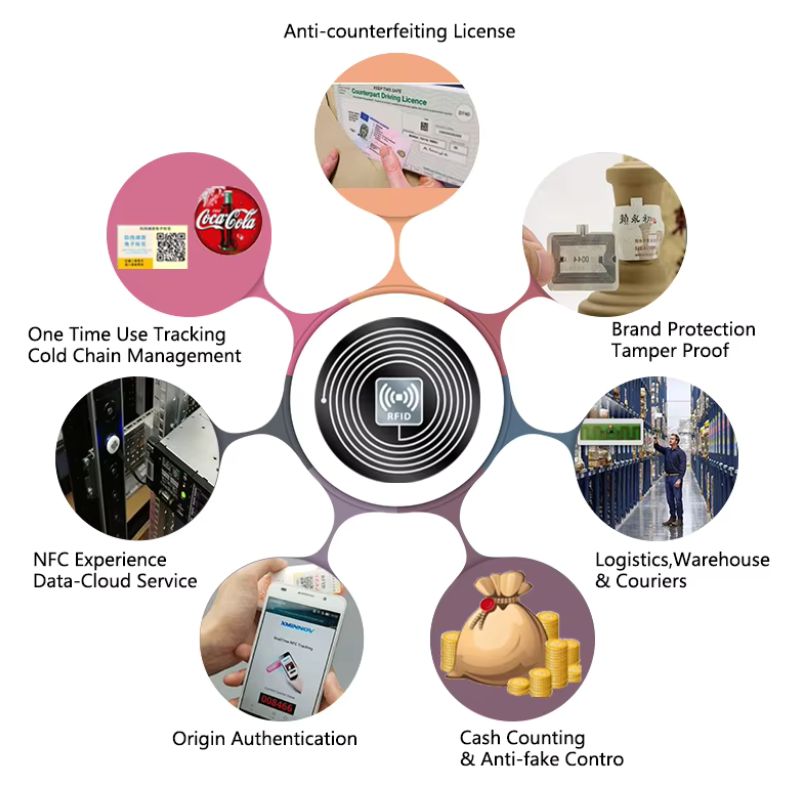
Can RFID Track Location?
Efficient asset tracking and location accuracy are critical for modern businesses. Whether managing inventory in a warehouse or monitoring valuable assets in real-time, RFID tracking solutions have become a game-changer.
RFID Certificates
We have been certificated by ISO 9001, ISO 14001, CE, and RoHS. Our factory can meet your local standards and requirements about the RFID products.
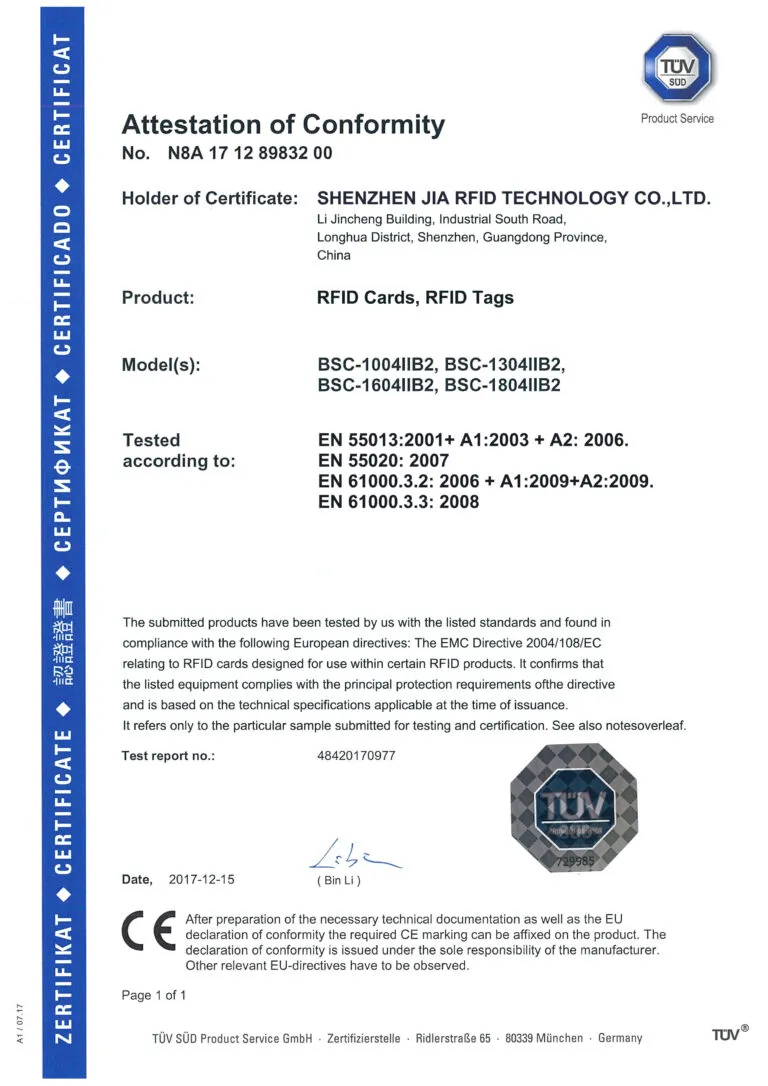
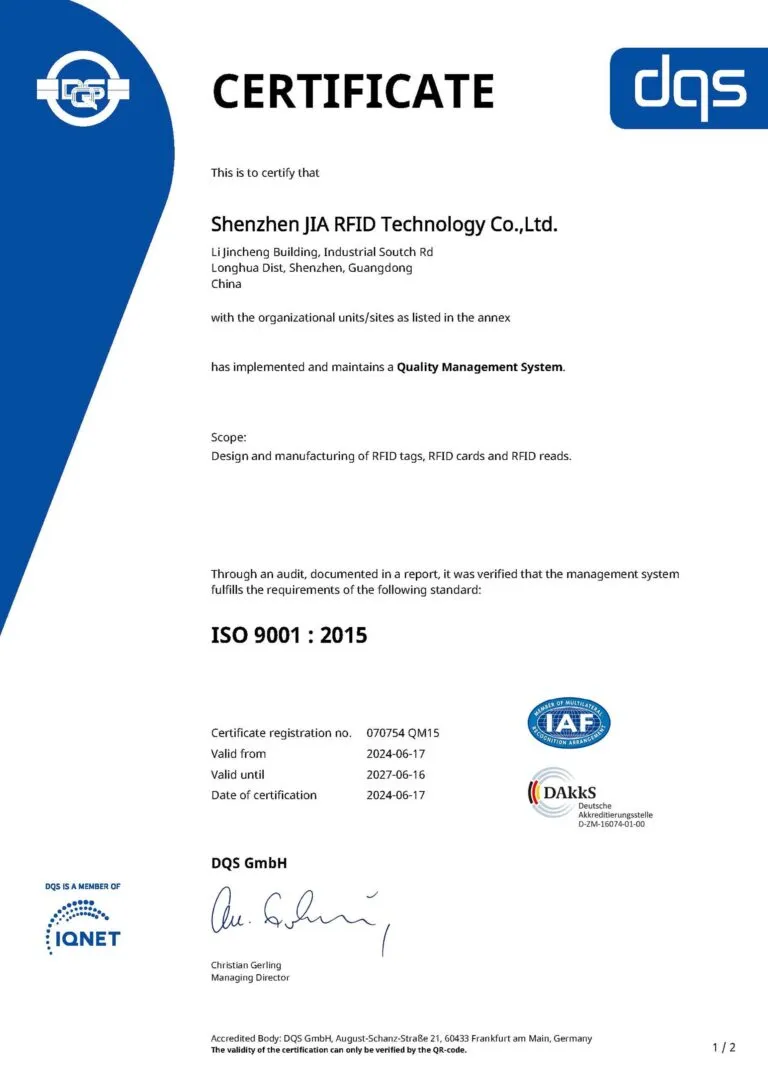
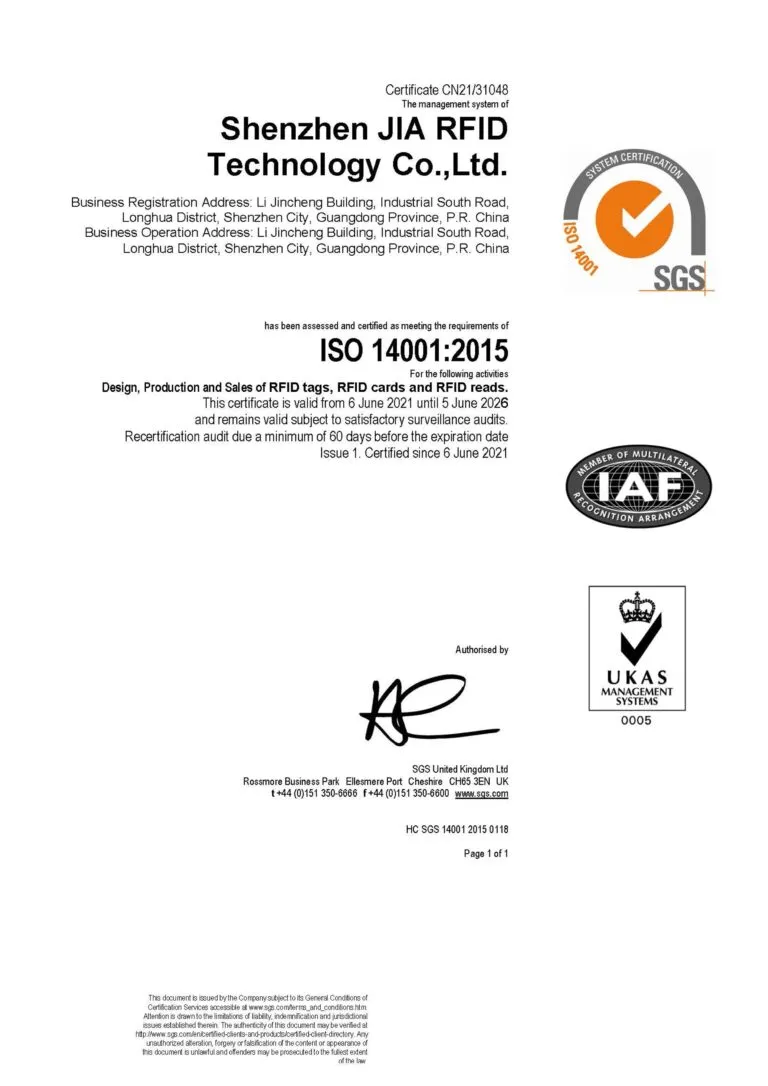
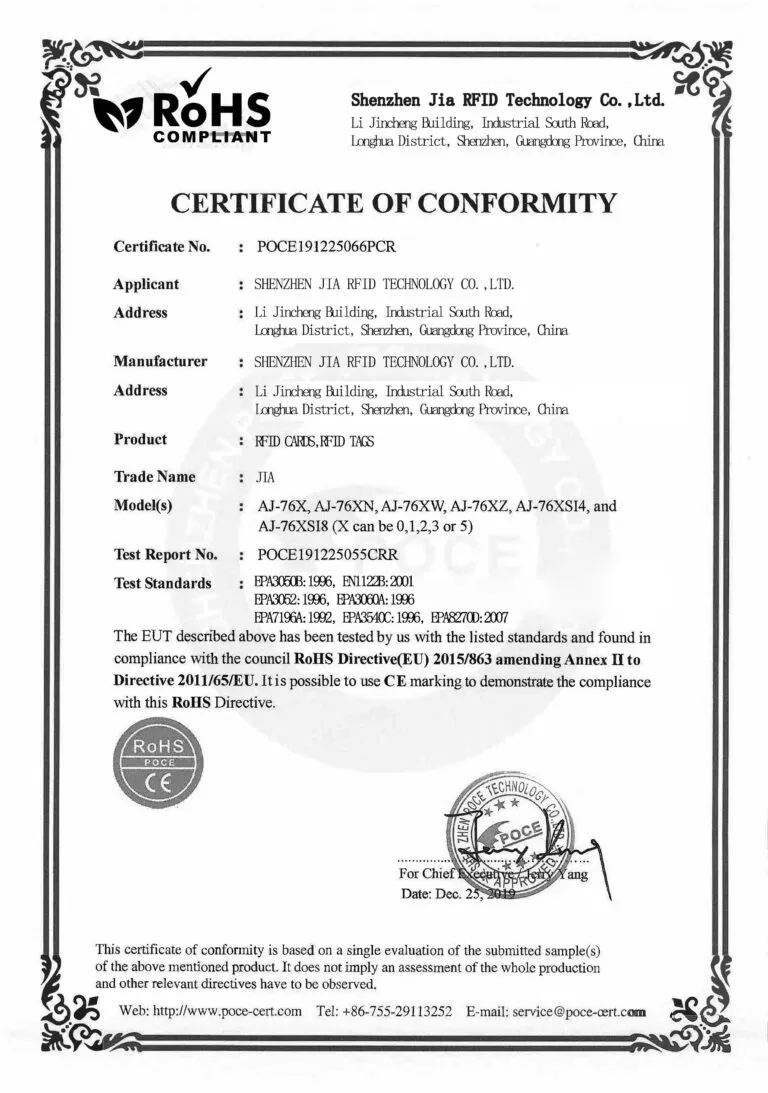
Any questions you considered a lot about RFID tags.
Active RFID tags contain a battery and actively transmit signals at set intervals, which can be detected by an active RFID reader. The battery can either be built into the tag or replaceable. In contrast, passive RFID tags lack a battery and are only activated when they come within the range of a passive RFID reader. Passive tags tend to be more cost-effective but offer less accuracy compared to active tags, especially in certain use cases where battery power can enhance performance.
Additionally, there are semi-passive or battery-assisted passive (BAP) RFID tags. These tags include a battery like active tags but rely on the RFID reader to power communication. The battery can be used to extend range or support sensory functions such as temperature, moisture, humidity, or GPS.
The read distance of an RFID tag depends on multiple factors, including the type of tag, the surrounding environment (e.g., proximity to metal or liquids), how the tag is attached, and its position on the item. While RFID tags often have specified read ranges on their datasheets, it’s advisable to test performance in your specific environment and workflow to ensure the range meets your needs.
Data storage strategies for RFID tags vary by use case. One approach is to use pre-printed, pre-encoded RFID tags, where the tag is linked to data in an RFID management system. This method is simple but effective. Alternatively, data specific to the application or product can be encoded directly onto the RFID tag. For instance, tags may store a product number, serial number, or even detailed service history. The amount of data stored depends on the tag’s memory capacity.
The cost of RFID tags varies significantly based on their type and functionality. Basic passive UHF RFID labels can cost just a few cents, whereas more specialized, durable tags designed for harsh environments can cost several dollars. Tags with additional features such as extra memory, batteries, or sensors will typically cost more.
Advances in RFID technology have made it possible to apply tags to a wide range of materials. Historically, metal and liquids posed challenges, as metal reflects RF signals, and liquids absorb them, making it difficult to energize passive tags. However, today there are specialized RFID tags for metal surfaces, and attachment methods like flag tags can help overcome issues with liquids.
RFID middleware, such as TagMatiks Core, is an effective way to connect RFID data to your ERP or WMS, allowing for streamlined data management and integration with existing systems.
RFID allows for the simultaneous reading of multiple items, unlike barcodes which require individual scanning. This improves efficiency and accuracy by reducing the chances of double scanning or missing items. Another benefit of RFID is serialization, as each RFID tag must be unique, ensuring precise identification. Additionally, RFID doesn’t require a direct line of sight, enabling items to be scanned through stacks or packaging without manual handling.
A “chipless RFID” tag refers to a system that uses RF energy to communicate data without relying on a silicon microchip to store a serial number in the transponder. Some chipless tags are made from plastic or conductive polymers instead of traditional silicon-based microchips. Other types use materials that reflect a portion of the radio waves back to the reader. A computer analyzes the reflected waves, creating a unique pattern that serves as a “fingerprint” to identify the tagged object. Some companies are experimenting with embedding RF-reflecting fibers into paper to prevent unauthorized photocopying of documents. Additionally, specialized inks that reflect certain radio frequencies can be used, for example, to tattoo animals with chipless RFID transponders for identification.
RFID tags can be categorized as read-write, read-only, or “write once, read many” (WORM).
- Read-write tags allow you to add or overwrite data when the tag is within range of a reader. While the serial number typically cannot be changed, additional data blocks can be written to or locked for permanent storage.
- Read-only tags have pre-programmed information stored during the manufacturing process, which cannot be altered afterward.
- WORM tags allow a serial number to be written once, and this information cannot be modified afterward.
There isn’t a “typical” RFID tag, as read ranges vary significantly based on whether the tag is active or passive.
- Active RFID tags have longer read ranges, often exceeding 300 feet, since they broadcast their own signal.
- Passive RFID tags depend on several factors including operating frequency, reader power, and interference. In general:
- Low-frequency (LF) and high-frequency (HF) tags are read within 3 feet (1 meter).
- Ultra-high-frequency (UHF) tags have a read range of 10 to 20 feet.
- Specialized readers with phased array antennas can extend the read range of passive tags to 60 feet or more.
There are many RFID vendors, each with expertise in different areas. Some specialize in active RFID tags, while others focus on passive tags. Vendors may concentrate on specific frequency ranges, such as ultra-high frequency (UHF) systems, or offer low-, high-, and UHF options. Among them, JIA RFID is recognized as one of the top global vendors, providing high-quality RFID products across various categories.
While it is true that RFID can face challenges with metal and water, low- and high-frequency (LF and HF) tags tend to perform better in such environments. For instance, low-frequency RFID tags can be embedded in metal auto parts to track them. At ultra-high frequencies (UHF), radio waves tend to bounce off metal and are absorbed by water, making passive UHF tags less effective for tracking metal products or those with high water content. However, recent advancements in RFID technology have led to the development of specialized UHF tags that can overcome these obstacles. Additionally, there are strategies for tagging metal or liquid-based products to ensure reliable read performance.
The goal of the RFID industry is to reach a point where large-scale production drives down the cost of silicon-based RFID tags that can store unique serial numbers to around 5 cents per tag. While costs have been steadily decreasing over recent years, further price reductions are expected as adoption and production volumes increase.
The durability of an RFID tag varies depending on whether it is active or passive.
Active RFID tags rely on batteries, and once the battery is depleted, the tag becomes unusable. The lifespan of an active tag depends on the battery capacity and application conditions—longer read distances can drain the battery faster. However, many active tags are designed with long-life batteries to extend their operational durability.
Passive RFID tags offer significantly longer lifespans, making them a cost-effective investment for RFID systems. For example, Pepperl+Fuchs manufactures passive RFID tags designed for harsh industrial environments, capable of over 100,000 write cycles. FRAM-based tags can be rewritten almost indefinitely. Additionally, some tags come in robust metal housings that can withstand temperatures as high as 220°C. Others are encased in durable plastic, offering resistance to water, chemicals, transformer oil, petrol, and heating oil. Tags with high IP ratings further demonstrate their ability to withstand tough industrial conditions, ensuring long-term reliability.
Any questions you considered a lot about RFID cards.
RFID cards provide direct-to-lift access, eliminating the need to show a ticket at each lift. Place your RFID card in a dedicated jacket pocket, and the gate will automatically recognize it, allowing you to proceed.
Yes, all season passes and daily lift tickets will be loaded onto RFID cards, enabling direct-to-lift access. Once you have an RFID card, there’s no need to visit a ticket window again.
You should carry your RFID card in a jacket pocket, ideally by itself, away from metallic items, cell phones, or other RFID cards. Avoid carrying multiple RFID cards, as this can interfere with the system’s readability.
Yes, you can reload tickets onto your RFID card online, saving you time and money. Simply reload your card before heading to the slopes.
If you lose your RFID card, visit the ticket office to deactivate it and prevent unauthorized use. A replacement card can be issued for a fee.
Yes, both lift tickets and snow tubing tickets will be loaded onto the RFID card, streamlining access to all activities.
No, carrying multiple RFID cards can affect their readability. Each person should carry only their own RFID card through the gates.
No, punching a hole in the RFID card damages the embedded antenna and microchip, rendering the card unusable. Use the card as instructed to avoid replacement fees.
RFID cards are designed to withstand normal wear and tear, including trips through the laundry. However, extreme heat may damage certain features, like the silver stripe on season passes.
No, RFID technology operates on different frequencies, and your RFID card will not interfere with other wireless devices.
The RFID card contains a unique serial number linked to your customer account. No personal information is stored directly on the card.
Yes, hold onto your RFID card for future reloads or season pass purchases. Keeping the same card ensures quicker access on subsequent visits.
No, magnets will not damage or erase the information stored on your RFID card, as it operates on a microchip unaffected by magnetic fields.
A photo is linked to your season pass in the system. When you pass through the gates, the system displays your photo, ensuring that only you can use the card.
Any questions you considered a lot about RFID readers.
An RFID reader is a device that uses radio waves to read and write data stored on RFID transponders. It contains an antenna to retrieve information from the tag and transmits this data to a host system via industrial communication protocols such as Ethernet, MODBUS, or PROFIBUS.
RFID readers come in two main types: stationary and mobile. Stationary readers are permanently installed in specific locations, while mobile (handheld) readers are portable, allowing users to scan items in the field and later upload the data.
Reader collision occurs when two or more RFID readers in close proximity interfere with each other. Modern readers prevent this with frequency hopping or “Dense Reader Mode,” and shielding can also help avoid collisions.
Antenna polarization is key for effective RFID reading. Linear polarization provides greater read range when aligned with the transponder, while circular polarization is better for reading tags with varying orientations.
Selecting the correct RFID reader depends on factors such as antenna polarization, installation space, environmental conditions (temperature, hygiene), and frequency requirements. Compact designs or specialized housings may be needed for specific environments.
Modern RFID readers are designed to prevent interference with other readers through advanced technology like frequency hopping. Additionally, they operate on frequencies regulated to avoid interference with other wireless devices.

